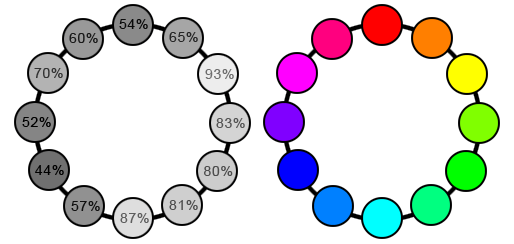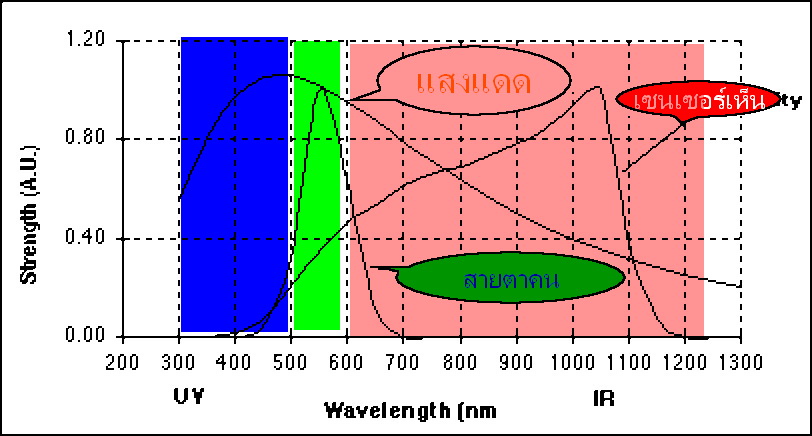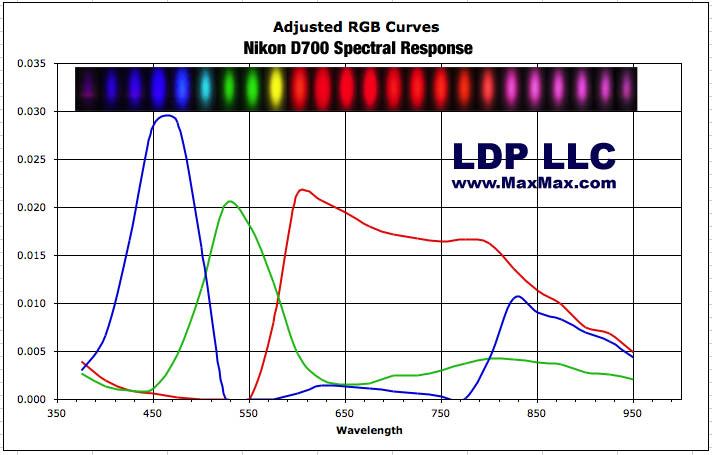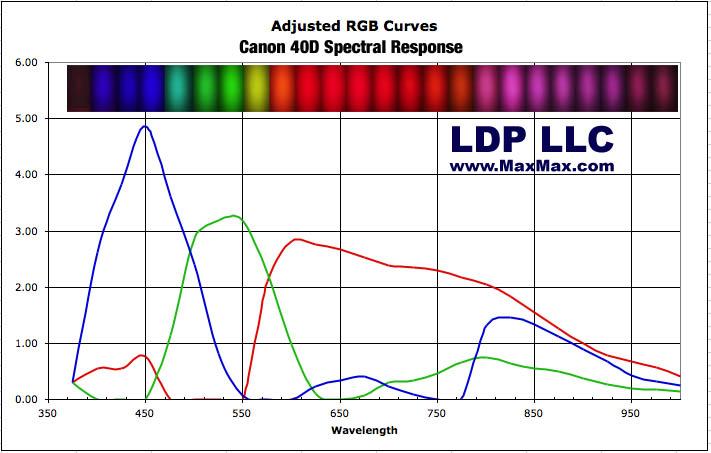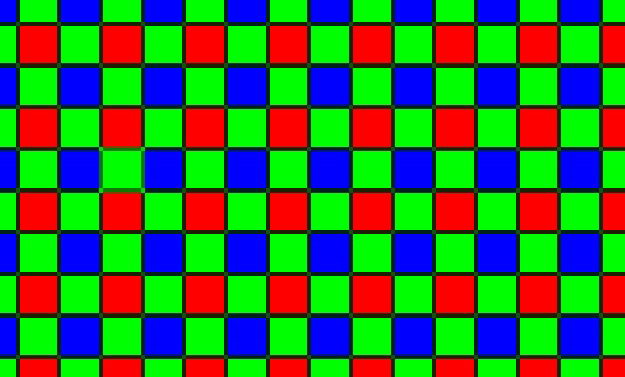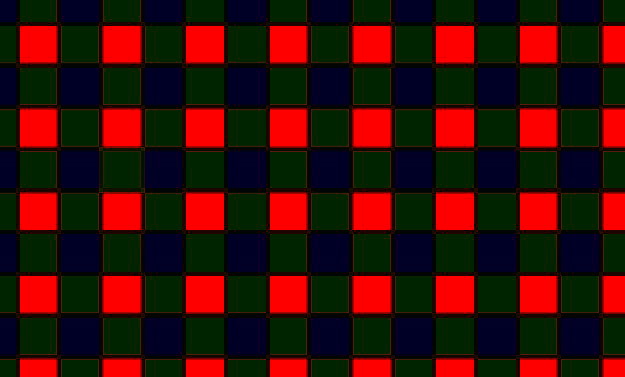 |
จขกท ได้คำตอบส่วนหนึ่งแล้ว
เลยขอยืมที่ตรงนี้ ส่งข้อมูลให้น้าอะธีลาส จะได้ไม่ต้องตั้งทู้ใหม่ 
The perception of brightness depends on spatial context: the same stimulus can appear light or dark depending on what surrounds it. A less well-known but equally important contextual phenomenon is that the colour of a stimulus can also alter its brightness. Specifically, stimuli that are more saturated (i.e. purer in colour) appear brighter than stimuli that are less saturated at the same luminance. Similarly, stimuli that are red or blue appear brighter than equiluminant yellow and green stimuli. This non-linear relationship between stimulus intensity and brightness, called the Helmholtz-Kohlrausch (HK) effect, was first described in the nineteenth century but has never been explained. Here, we take advantage of the relative simplicity of this illusion to explain it and contextual effects more generally, by using a simple Bayesian ideal observer model of the human visual ecology. We also use fMRI brain scans to identify the neural correlates of brightness without changing the spatial context of the stimulus, which has complicated the interpretation of related fMRI studies.
David Corney1, John-Dylan Haynes2, Geraint Rees3,4, R. Beau Lotto1*
1 UCL Institute of Ophthalmology, London, United Kingdom, 2 Bernstein Centre for Computational Neuroscience Berlin, Berlin, Germany, 3 UCL Institute of Cognitive Neuroscience, London, United Kingdom, 4 Wellcome Trust Centre for Neuroimaging, University College London, London, United Kingdom
แก้ไขเมื่อ 09 ต.ค. 55 19:03:32
| จากคุณ |
:
แมวเหมียวพุงป่อง   
|
| เขียนเมื่อ |
:
9 ต.ค. 55 19:02:31
|
|
|
|
 |






